Symposium on Great Salt Lake Recap
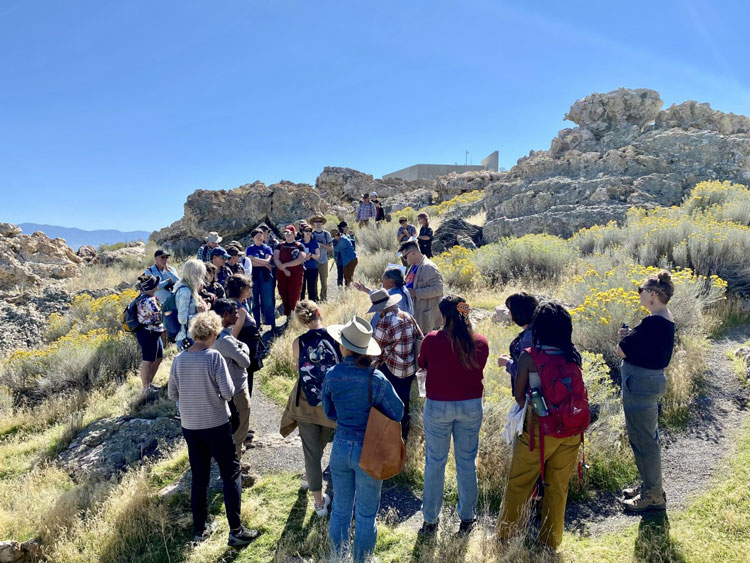
Can art and humanities save the Great Salt Lake? On September 23-24, 2022, we explored this question with local artists, poets, journalists, community organizers, Tribal leaders, dancers, communications professionals, scholars, and the many concerned community members who care about Great Salt Lake and a livable future. The Environmental Humanities Symposium on Great Salt Lake: Lessons of Art, Action, and Culture was a great success and we’re so grateful to all our speakers, event partners, and attendees. The symposium was organized in partnership with the Natural History Museum of Utah, the Tanner Humanities Center, the U of U College of Humanities, the U of U American Indian Resource Center, the U of U Sustainability Office, and Westminster College's Great Salt Lake Institute.
Watch recordings from the first day of our symposium here and view the full program here.
Day 1
We opened the symposium with a panel titled Great Salt Lake and Great Basin Tribes: Ancestral Connection and Pathways to Repair. The panel was moderated by Samantha Eldridge, director of the American Indian Resource Center, and our panelists included Corrina Bow, Paiute Indian Tribe of Utah; Forrest Cuch, Ute Indian Tribe; Darren Parry, Northwestern Band of the Shoshone Nation; and Rupert Steele, Confederated Tribes of the Goshute Nation. Read bios.

These Indigenous leaders spoke to the importance of knowing the history of settler colonization to understand our current crisis at Great Salt Lake. They highlighted how water is sacred and we must respect water, treat water like a person, and express gratitude. They also emphasized that science alone isn’t enough to solve the problem. Darren Parry said, “All the science in the world is not going to make up for our selfish behaviors.” To truly solve the problem, we must shift culture.
Following the panel of Indigenous leaders, we learned about the tragedy that unfolded in Owens Valley in the aftermath of Owens Lake going dry. Karen Piper, a professor of English who grew up in Owens Valley, read from her book Left in the Dust: How Race and Politics Created a Human and Environmental Tragedy in L.A.and engaged in an on-stage conversation with Bonnie Baxter, director of the Great Salt Lake Institute. This conversation was a warning bell for what could happen if we don’t act now to protect Great Salt Lake. Learn more about Karen and Bonnie here.
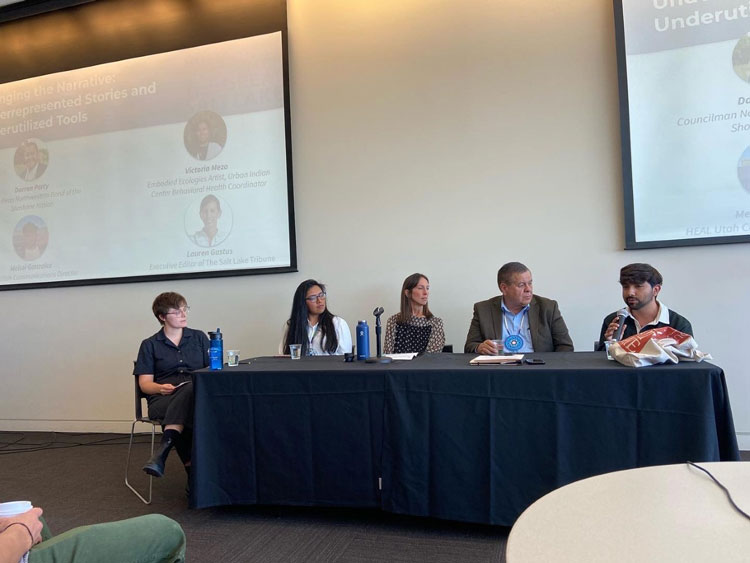
In the afternoon, we focused on the role of art and narrative in shifting the conversation and inspiring action. Watch Changing the Narrative: Underrepresented Stories, Underutilized Tools, a panel moderated by our second-year student Natalie Slater that highlights missing stories and innovative storytelling approaches from community activists, storytellers, and journalists (learn more about the panelists here). Watch Can Art Save Us? to hear a conversation moderated by Denise Cartwright of Save Our Great Salt Lake with local poets, visual artists, and dancers (learn more about the panelists here).
Finally, we closed out the first day of our symposium with a reading of “Obituary for Great Salt Lake” and a polyphonic reading of the praise poem irreplaceable. Watch to hear our community members’ powerful words for Great Salt Lake.

Day 2
On the second day of the symposium, we went to Antelope Island to bear witness and connect with the landscape.
We opened with a talk from Vice Chairman Brad Parry of the Northwestern Band of the Shoshone Nation. Vice Chairman Parry spoke to the importance of Antelope Island to the Northwestern Band of the Shoshone Nation, as well as a restoration and cultural healing project the Tribe is leading at the site of the Bear River Massacre. This project should improve the health of the Bear River and increase flows into Great Salt Lake.

Then, Rios Pacheco, Shoshone spiritual leader and artist, educated attendees about the importance of plants on Antelope Island to the Shoshone people. Rios displayed his beautiful illustrations and took people on a short plant walk. His book, Shoshone Plants of Antelope Island, is for sale in the Antelope Island State Park Visitor Center.
In the afternoon, we incorporated some science into our programming with student researchers from the Great Salt Lake Institute. They explained the science of the lake in fun, engaging, and narrative focused ways that was an excellent display of effective science communication in action—something we love to see in the humanities!
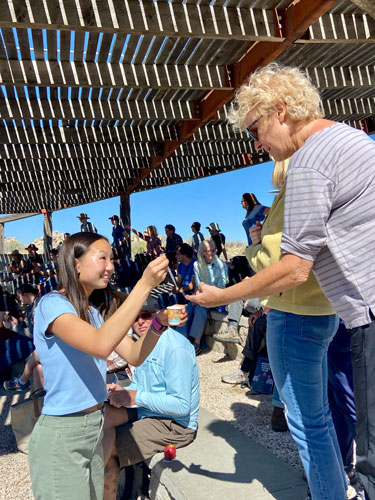
We closed out the day with a healing writing workshop from Nan Seymour and Amy May of River Writing and moving dance performances from the Evaporation project.
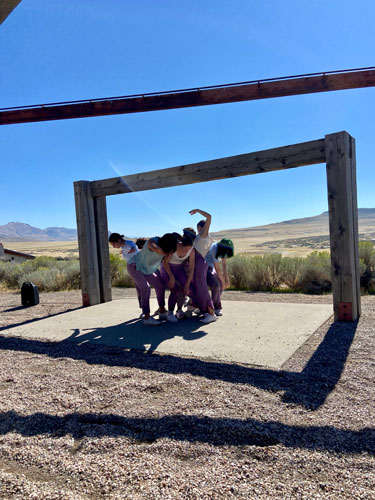
We’re so grateful for everyone who joined us to learn and create on behalf of Great Salt Lake.
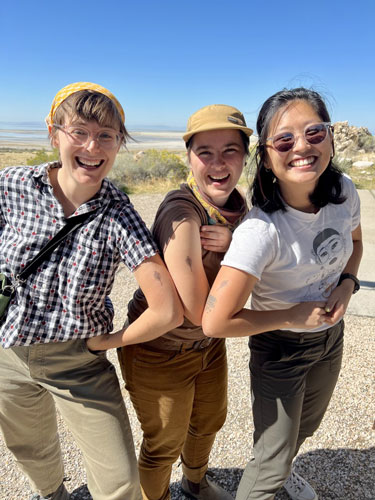
Featured Posts
Tag Cloud
- alumni (4)
- snow (1)
- winter (1)
- climate change (2)
- writing (4)
- creative writing (1)
- book (1)
- memoir (1)
- Great Salt Lake (6)
- symposium (1)
- event (1)
- community engagement (8)
- water (3)
- faculty (5)
- research professor (1)
- history of science (1)
- coevolutionary studies (1)
- American West (1)
- history (1)
- Native history (1)
- public history (1)
- energy (1)
- art (2)
- environmental justice (3)
- just transition (1)
- student (3)
- Great Salt Lake Symposium (1)
- Indigenous (1)
- practitioner-in-residence (2)
- narrative strategy (1)
- political science (1)
- communications (1)
- Mellon Community Fellowship (1)
- environmental health (1)
- air quality (1)
- disability justice (1)
- philosophy (1)
- science (1)
- Anthropocene (1)
- West Desert (1)
- Pony Express (1)
- bicycling (1)
- environmental communication (1)
- queer ecology (1)
- wildfire (1)
- climate communication (1)
- science communication (1)
- forests (1)
- Indigenous sovereignty (1)
